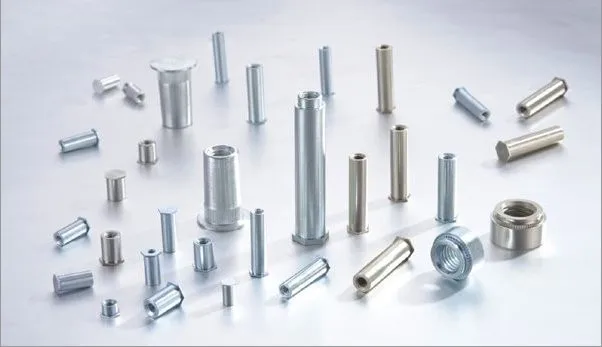
Image source: https://sc01.alicdn.com/kf/HTB1zF7qOFXXXXamXpXXq6xXFXXXQ/200212380/HTB1zF7qOFXXXXamXpXXq6xXFXXXQ.jpg
The truth is that there are many metalworking processesdie casting, extrusion, forging, and so on. Each of these processes falls into one of the following categoriesforming, cutting, and joiningand has its own strengths and weaknesses when it comes to industry. One in particular is extremely useful for manufacturing small metal parts. This is the cold heading process. Cold heading is a process which shapes metal by applying force to a metal blank with a punch and die. Once the force applied by the die exceeds the metal blanks yield strength, the material begins to give and take on the shape of the die. Why is this process so effective? For starters, it allows a supplier to make extremely precise parts given the use of a die. Many different shapes and designs can be realized, and furthermore it is easy to create custom shapes for individual clients. Second of all, the cold forming process strengthens the metal through deformation. This makes cold headed parts far more durable and resistant to shock and fatigue than small metal parts created through a different process. Thirdly, there is no scrap produced since the metal is shaped rather than cut or otherwise removed. This means that production can occur more quickly and efficiently, without the extra labor that is required to remove the scrap. The bottom line is that the cold heading process is able to produce small metal parts quickly and cheaply when compared to others means.
While the cold heading process is fantastic for small metal fasteners such as screws, contacts, contact rivets, and other fasteners, it is not ideal for everything. Larger projects may be served better by another type of metalworking. Furthermore, cold heading companies can only use certain types of materials with their stamping machines. Metals such as steel, aluminum, copper, and nickel work well with cold heading machines. As do precious metals such as silver, gold, and platinum. Iron, however, is an exception. As are magnesium, refractory metals, titanium, and zinc. Given the widespread use of cold forming processes, it is important for executives in many industries to understand the process through which their components and products are manufactured. Knowing whether to look for a cold heading company or another type of industrial supplier will help businesses save time and expense, as well as create a better end-product.